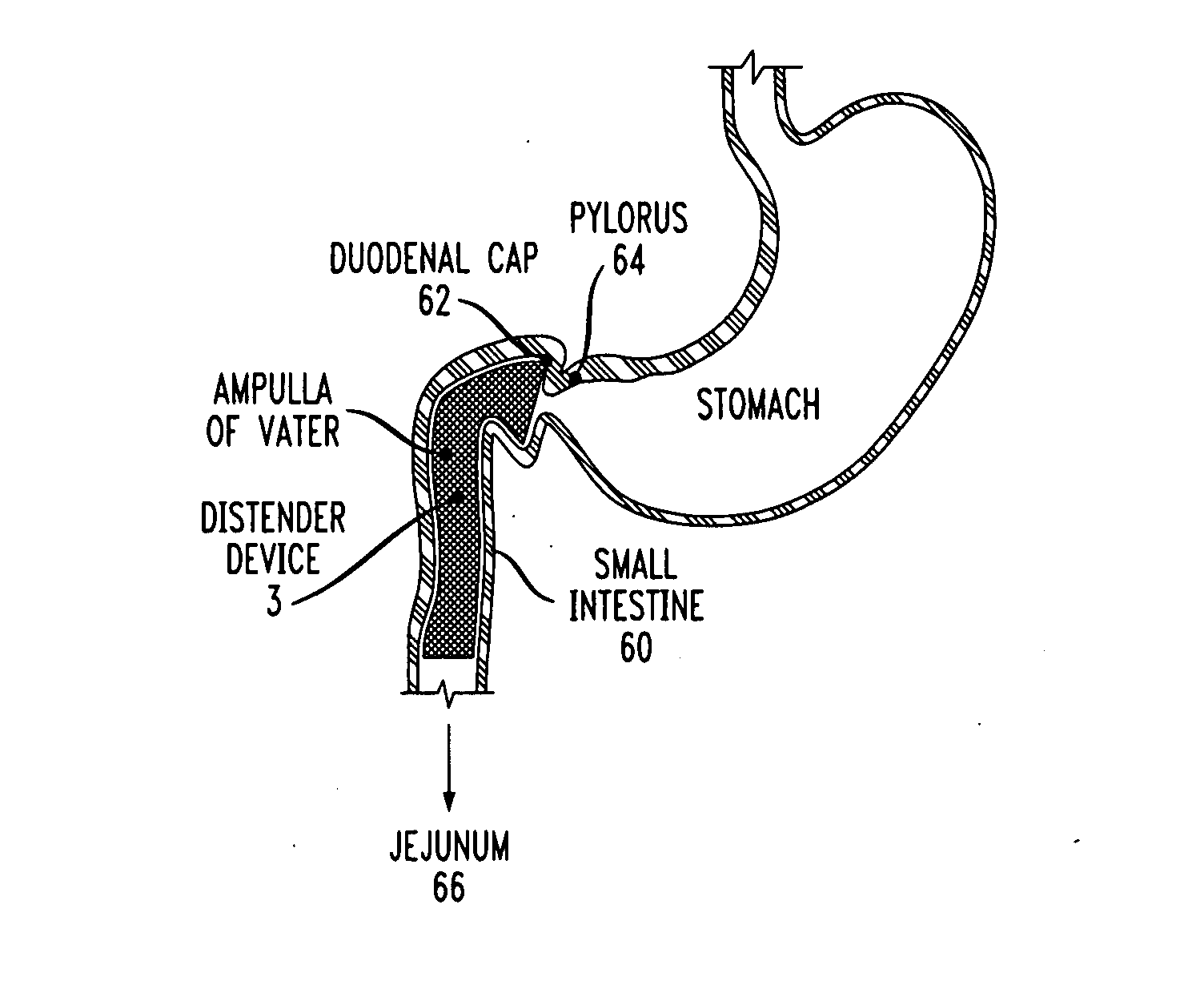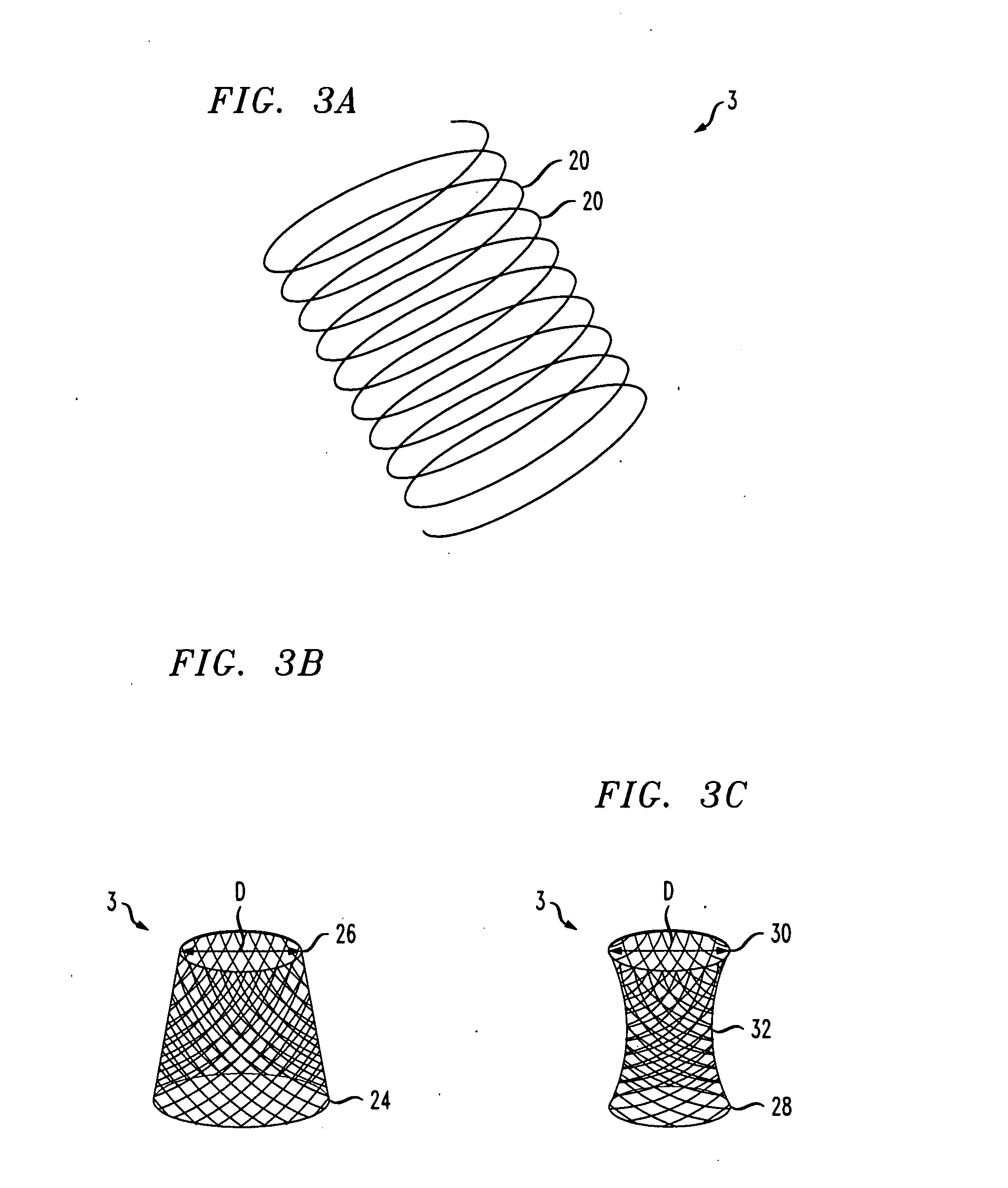Distender device and method for treatment of obesity and metabolic and other diseases
a technology which is applied in the field of distender device and distender device for treating obesity and other metabolic diseases, can solve the problems of affecting the treatment effect of patients, adverse metabolic effects on body fat, cholesterol, triglycerides, etc., and achieves the effect of reducing weight and augmenting meal-related signals
- Summary
- Abstract
- Description
- Claims
- Application Information
AI Technical Summary
Benefits of technology
Problems solved by technology
Method used
Image
Examples
Embodiment Construction
[0042] The present invention provides many attributes and embodiments including, but not limited to, those set forth in this section which is not intended to be all-inclusive.
[0043] As used herein, “patient” refers to any animal classified as a mammal, including humans, domestic and farm animals, and zoo, sports, or pet animals, such as dogs, horses, cats, sheep, pigs, cows, etc. The preferred mammal herein is a human. As used herein, “preventing” means preventing in whole or in part, or ameliorating or controlling. As used herein, the term “treating” refers to both therapeutic treatment and prophylactic or preventative measures. Those in need of treatment include those already with the disorder as well as those prone to having the disorder or diagnosed with the disorder or those in which the disorder is to be prevented. “Treatments” include pharmacotherapy, nutritional treatments, other devices, surgery and other interventions, and combinations of these.
[0044] All patents, public...
PUM
 Login to View More
Login to View More Abstract
Description
Claims
Application Information
 Login to View More
Login to View More - R&D
- Intellectual Property
- Life Sciences
- Materials
- Tech Scout
- Unparalleled Data Quality
- Higher Quality Content
- 60% Fewer Hallucinations
Browse by: Latest US Patents, China's latest patents, Technical Efficacy Thesaurus, Application Domain, Technology Topic, Popular Technical Reports.
© 2025 PatSnap. All rights reserved.Legal|Privacy policy|Modern Slavery Act Transparency Statement|Sitemap|About US| Contact US: help@patsnap.com



